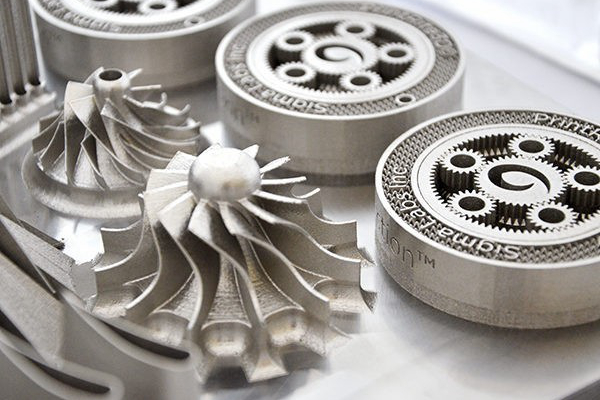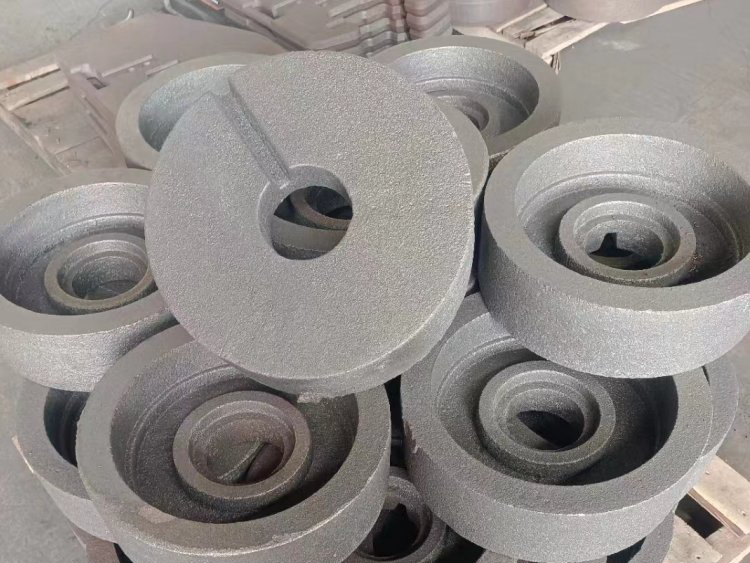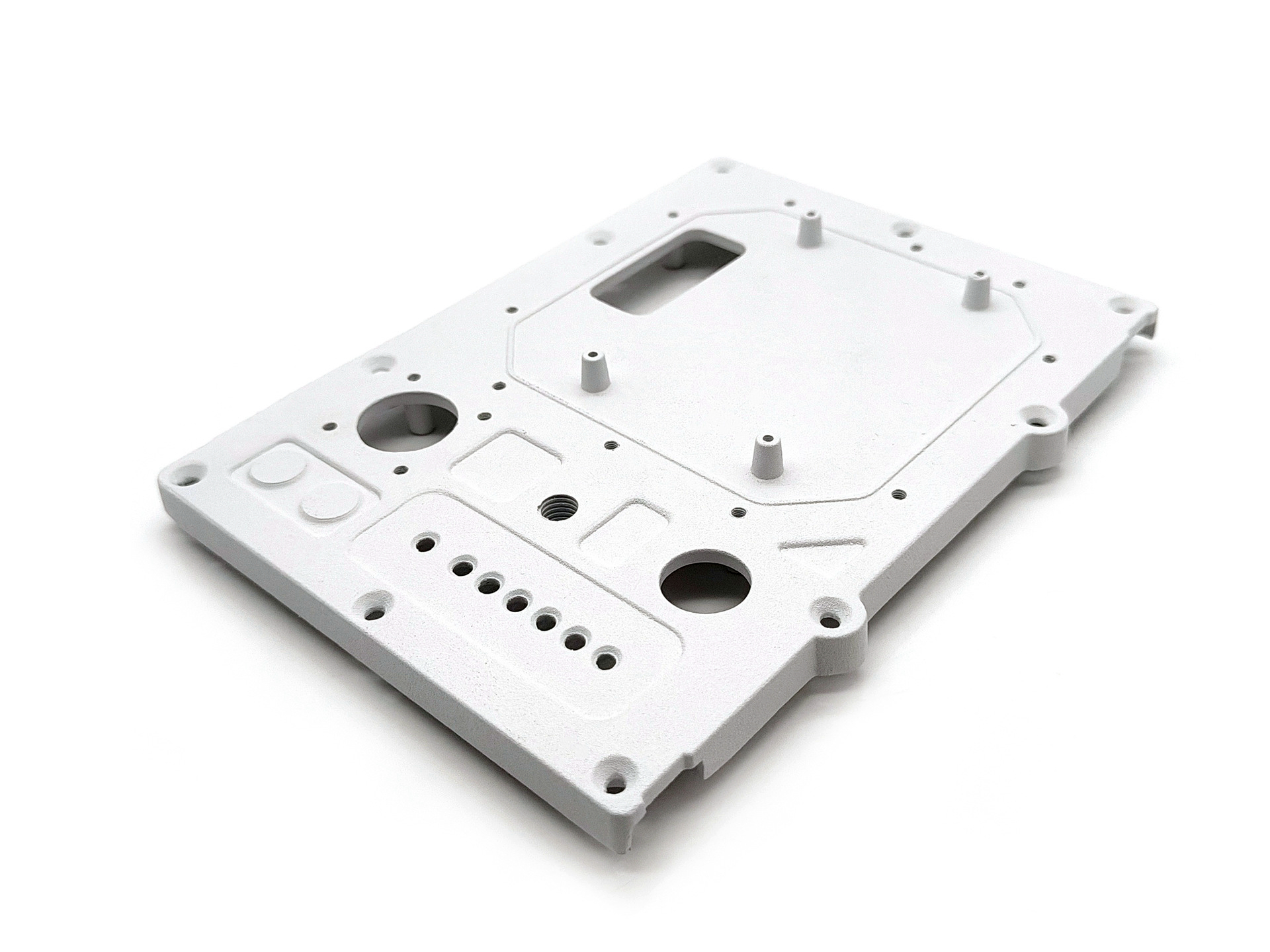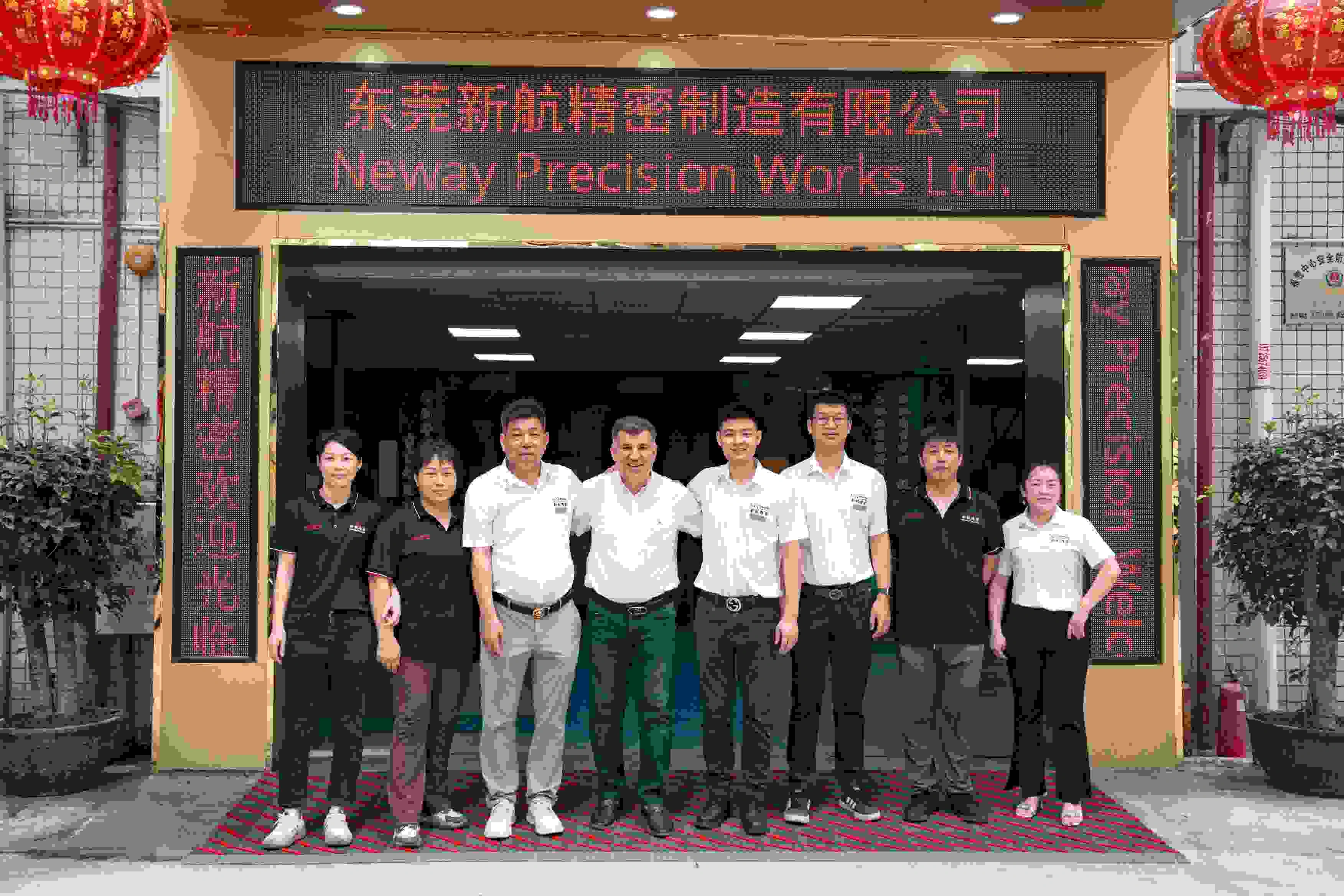How does die casting compare to forged or machined engine components?
How Does Die Casting Compare to Forged or Machined Engine Components?
Mechanical Performance: Strength vs. Functional Suitability
Die cast engine components—particularly from A380, A360, and AlSi10Mg—offer sufficient strength, thermal conductivity, and structural integrity for housings, covers, and brackets. In contrast, forged parts provide superior tensile strength and fatigue resistance due to their aligned grain structure, making them ideal for high-load components like pistons and connecting rods.
CNC machined parts offer precise tolerances and fine surface finishes but are more costly and material-intensive. While machined or forged components deliver higher strength, die cast parts are structurally adequate for most non-load-bearing or thermally-managed engine elements.
Cost Efficiency and Production Volume
Die casting achieves high cost-efficiency for production runs over 5,000 units. After initial tool and die creation, the process delivers fast cycle times and near-net shapes, minimizing waste and secondary operations.
Forging involves intensive forming and post-machining, which increases costs and limits economic viability to lower volumes. CNC machining provides flexibility but results in higher per-unit costs due to slow processing and high raw material loss.
Design Integration and Geometry Complexity
Die casting allows complex geometries with integrated functional features—such as bosses, standoffs, and ribs—ideal for minimizing part count and assembly. Forged and machined parts are more limited in shape flexibility and require multiple process steps to achieve comparable integration.
Lightweighting and Thermal Benefits
Die cast aluminum alloys offer lower density and high thermal conductivity, supporting effective heat dissipation and overall weight reduction in engine systems. Forged or machined steel components are heavier and less thermally efficient, making them better suited for critical strength zones rather than heat-sensitive structural parts.
Process Comparison Table
Process | Strength Level | Surface Precision | Unit Cost | Design Flexibility | Volume Suitability |
|---|---|---|---|---|---|
Die Casting | Moderate | High (with machining) | Low | High | Medium–High (5,000+) |
Forging | Very High | Moderate | High | Low | Low–Medium |
CNC Machining | High | Very High | Very High | Medium | Low |
Recommended Manufacturing Services for Engine Components
To optimize performance and production efficiency across your engine systems, Neway offers:
Aluminum Die Casting: Ideal for high-volume, thermally conductive, and lightweight components such as housings and covers.
Tool and Die Making: Precision-built dies that enable complex part geometries and consistent output.
CNC Machining Services: For critical surfaces, sealing interfaces, and low-volume or high-tolerance engine elements.
Our integrated manufacturing capabilities ensure every part meets the exact thermal, mechanical, and economic demands of modern engine applications.



